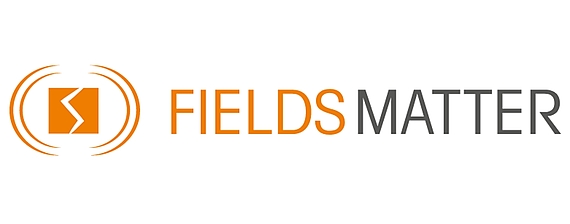Two start-up funding projects started
As part of the start-up funding of the SPP1959 coordination fund, two project proposals were selected for funding.
We congratulate Aman Bhardwaj and Danny Schwarzbach for the funding of their project "Defect Chemistry, Absorption Spectroscopy and Functional Behavior of Plasma-Reduced TiOx Thin Films" and Thomas Brede, Fernando Maccari and Rainer Backofen for their project "Manipulating microstructures by means of magnetic fields".

Abstract of "Defect Chemistry, Absorption Spectroscopy and Functional Behavior of Plasma-Reduced TiOx Thin Films"
In this project, we aim to synthesis highly defective TiOx thin films by reductive plasma-enhanced chemical vapor deposition by using two different types of alkoxide precursors (Ti(OR)3 and Ti(OR)4; R= tBu, iPr). Those specimens will be characterized by XRD, XPS, synchrotron radiation XAS, and AFM techniques, and standard and HR-TEM, EELS, EDX and EBSD. Those techniques will give use a fundamental understanding of phase-structure, elemental specific electronic properties, and topological characteristics. In addition, the effects of the defect technique on the functional properties of TiOx are investigated by taking a deeper look in the PEC water splitting. Therefore, the developed thin films will be used as photoelectrodes in acidic and neutral electrolyte conditions. The goal is to address the questions of how the choice of titanium precursors affects TiOx formulation, how TiOx properties change in reductive plasmas compared to oxidizing environments, how far defect engineering can be advanced, what are the limiting parameters and, how does this affect functional properties of TiOx, such as for photoelectrochemical water splitting.
Abstract of "Manipulating microstructures by means of magnetic fields"
In this project, the isolated influence of strong magnetic fields on the development of the microstructure of ferromagnetic thin films during annealing processes is investigated. For this purpose, thin films out of Iron (Fe), Nickel (Ni) and Cobalt (Co) are prepared and characterized in Göttingen, then heat treated in the same heater with and without magnetic field in Darmstadt and subsequently characterized in Göttingen. The experiments are accompanied by phase field crystal modeling in Dresden to separate the different possible influences on the microstructure. Through the parallel approach of experimental and modeling work, the effect of external magnetic fields on the development of microstructure and grain orientation will be investigated to understand the direct effect of the magnetic field. Through a deeper understanding of the isolated influence of a magnetic field, additional conclusions should be possible about the influence of induced magnetic fields in the case of sample treatment with high currents.

